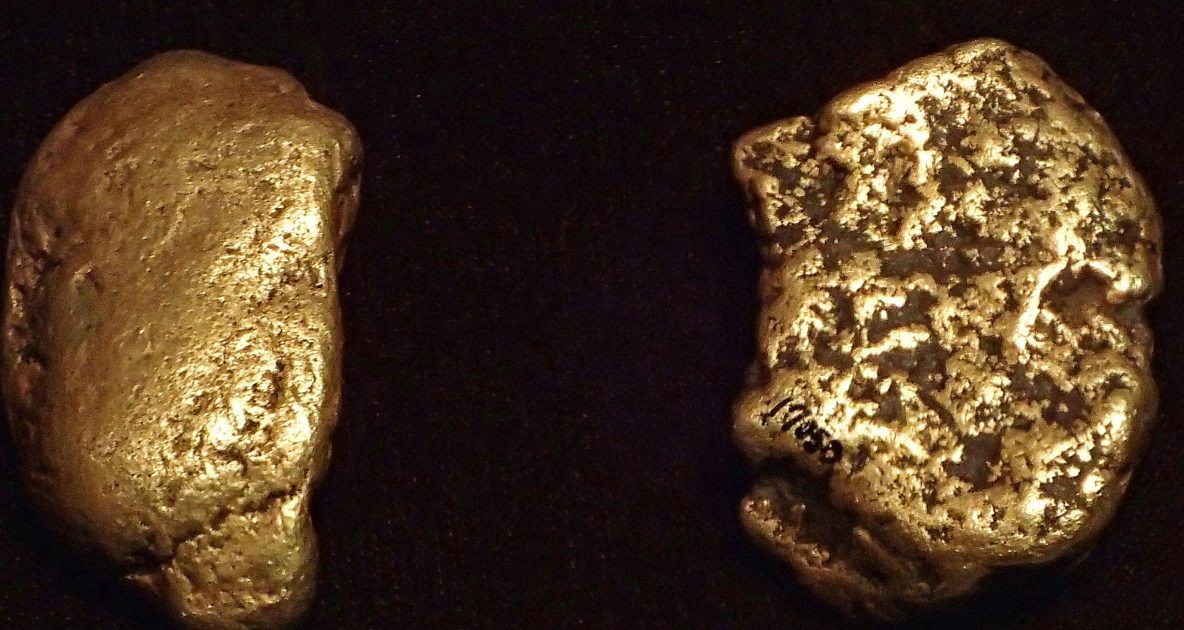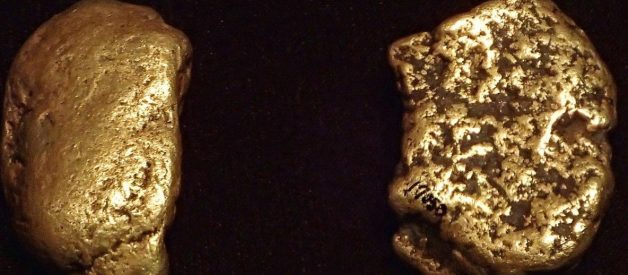
For most people, gold is just a valuable metal used mainly in jewellery for its shine and sparkles. But for others, gold is a wonder material that enables modern life as we know it!
At All Waste Maters we measure, melt, and recycle gold that comes from a variety of sources every day ? so we know a thing or two about gold?s unique characteristics and uses.
In our professional opinion, these are just some of the reasons why gold is so amazing.
Plasticity
Gold is a soft, yellow metal with a beautiful lustrous sheen. It is the most malleable and ductile of all the elements. Gold is so malleable that it can be rolled into semi-transparent sheets and so ductile that it can be pulled into wires small enough to use in semiconductors. One ounce (28 g) of gold can be beaten out to 300 square feet. You could say gold is the Play-Doh of metals.
Conductivity
Gold is a very good conductor of heat and electricity. Among all precious materials, silver has the highest thermal conductivity and the highest light reflectance. Although silver is the best conductor, copper and gold are used more often in electrical applications because copper is less expensive and gold has a much higher corrosion resistance. Since gold never corrodes and can be moulded to any shape, it?s used to make long lasting electrical connectors in all types of devices.
Reactivity
Gold is one of the least reactive elements on the Periodic Table. It doesn?t react with oxygen, so it never rusts or corrodes. Gold is unaffected by air, water, alkalis and all acids except aqua regia (a mixture of hydrochloric acid and nitric acid) which can dissolve gold. In fact, gold?s acid resistance is one of the reasons why our acid assays are so accurate. Gold does react with halogens. It will, for example, react very slowly with chlorine gas at room temperature to form gold chloride, AuCl3. If gold chloride is heated gently, it will decompose to release the pure elements again. Gold is also resistant to most bases with the exception of potassium cyanide. Energy Reflectance Surface reflectance of a material is its effectiveness in reflecting radiant energy. It is the fraction of incident electromagnetic power that is reflected at an interface. Gold is a good reflector of electromagnetic radiant energy, including radio waves, infrared, and ultraviolet radiation. The characteristic optical properties of gold, combined with its complete resistance to attack in any surroundings and its ability to be applied as very thin films, make gold a very versatile material for diverse industries? applications. For example, gold is often used in aerospace applications to provide protective coatings for satellite components and space suits.
As a refinery, we deal with high volumes of gold in all manner of shapes, weights, and purity levels. Thanks to our technologies we?re able to leverage several types of assays to authenticate the melt-value of anything a customer may bring us.
However, there are also several quick and easy ways to identify alloy from pure gold.
Discolouration: Pure gold does not tarnish, so carefully check for any discolouration. Even slight shade variations can reveal fake gold.
Magnets: Gold (like most other precious metals) is not magnetic. If the piece in question reacts to the magnet, it can only mean that iron, nickel or other ferromagnetic material is alloyed with the gold so it may be a lower karat than advertised.
Scratching: Even without acid, a simple scratch test is enough to uncover many types of fake gold. A Porcelain Scratch test can be performed by using an unglazed tile or ceramic plate and scratching the object on the tile. If it leaves a black streak, the item is not gold. If the streak is gold in colour, the item is likely to be gold. This may scratch the piece, but should not cause much damage.
Float test: Check the buoyancy of the item by dropping it in a glass of water. Real gold is dense and will sink, but many alloys will float. Also, if your piece will rust or discolour, then it?s plated or fake. Of course, this test is more effective on small samples, such as jewellery or alluvial flakes. Be aware that many metals designed to look like gold are still dense enough to sink, so even if the piece passes the float test, you should still try additional assays.
If uncertain, it is always a good idea to ask for a specialist consultation. At All Waste Matters we have over 50 years of experience in successfully recovering gold from a vast array of industries and over this time we have built up a huge repertoire of techniques for recovering gold and precious metals


